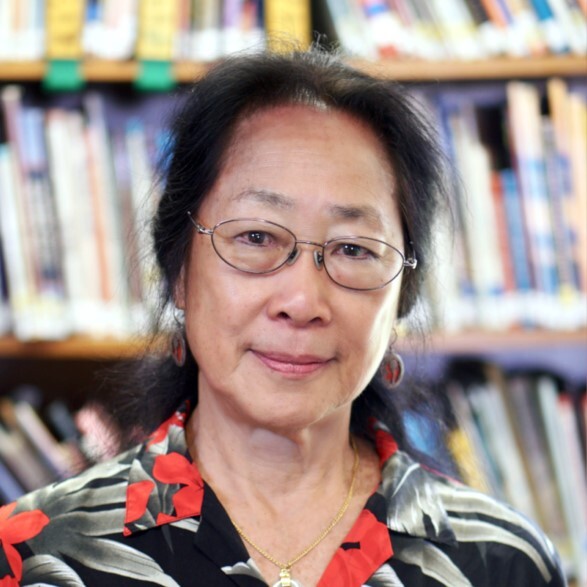Dr. Pauline Chinn

Dr. Pauline Chinn
Professor, University of Hawaii at Mānoa, USA
Education and work experience
Ed.D. Educational Doctorate Curriculum and Instruction, University of Hawai‘i at Mānoa
M.B.A. Resource Economics, East-West Center Research Intern, University of Hawai‘i at Mānoa
M.Ed. Science Education, University of Hawai‘i at Mānoa
B.Ed., High Honors, Secondary Science, NSF Undergraduate Fellowship, Chemistry, University of Hawai‘i at Mānoa
Research Specialty
My research and instructional interests focus on place-based education with a focus on Hawaiʻi and the Pacific Islands, sustainability science, professional development and teacher leadership, Indigenou science education; and transdisciplinary, culturally sustaining curriculum development.
Topic:
COVID-19, the Latest Hawaiian Epidemic: The Impact of Place-based, Culturally Relevant COVID-19 Curriculum on Native Hawaiian and Pacific Islander Students
Abstract
Within a century of western contact in 1788, approximately 90% of Native Hawaiians died from diseases introduced via the sandalwood trade with China and the U.S. whaling industry During the Hawaiian Kingdom, 1795-1893, public health laws, hospitals, and institutions to care for orphans and the elderly were established by Hawaiian royalty through donations of personal funds and lands. Presenting the COVID-19 pandemic as the latest introduced disease enables teachers to situate epidemics in place-based, historical contexts. Our research found that Native Hawaiian and Pacific Island high school students who studied this curriculum had significantly more trust in the COVID-19 Taskforce and were more willing to be vaccinated than a demographically similar group without this instructional intervention. We further found that teachers across content areas, grades, and ethnicities rated this curriculum module most useful over three others focused on co-morbidity, prevention, and vaccines. Implications for the role of teachers as community-based public health educators and directions for further research will be discussed.
